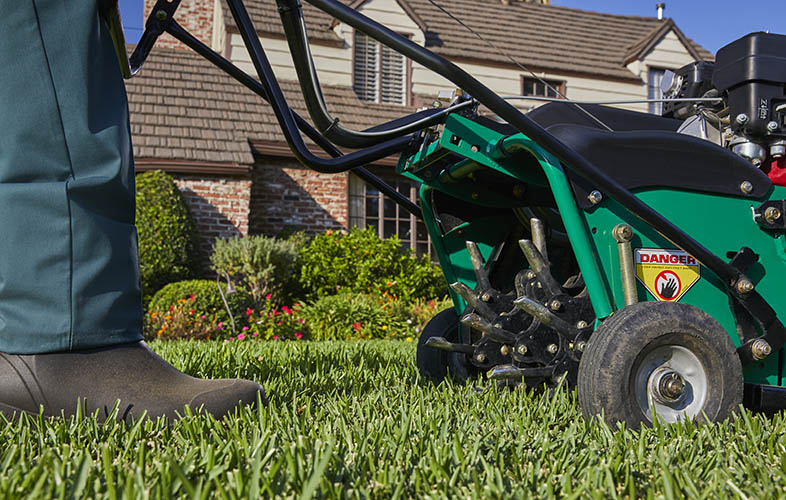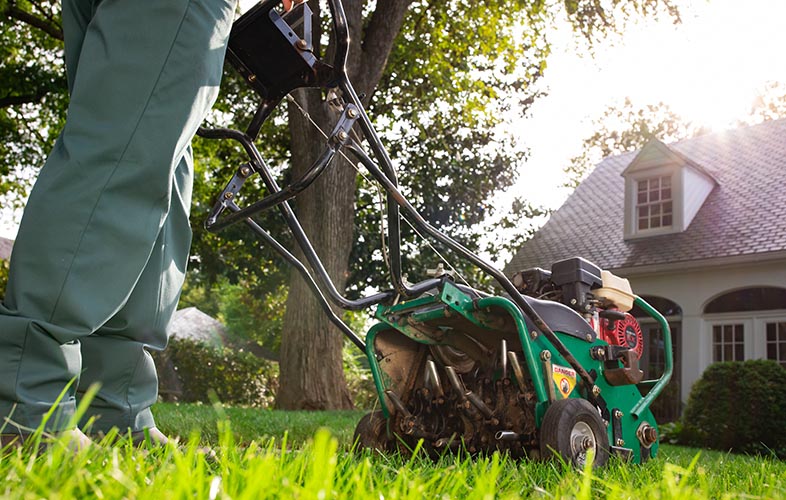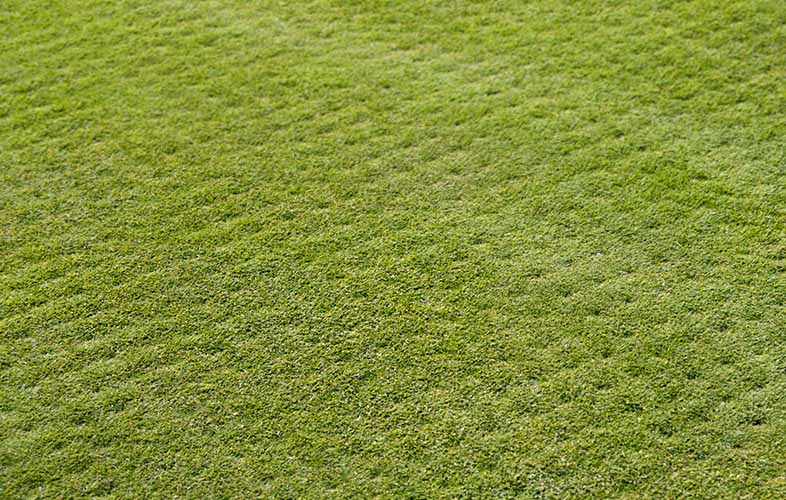Like any living organism, your lawn has a set of basic needs that must be met in order to thrive. The fundamentals that promote the lush green yard you’ve always dreamed of are proper watering and mowing practices, adequate nutrients, sufficient sunlight, and a suitable soil environment for roots to grow.
If you’ve perfected your mowing, watering, and fertilization practices but your lawn is not flourishing the way it should, your soil may require aeration. There is much to gain from lawn aeration, such as reducing compaction and associated puddling, managing thatch levels which can harbor unwanted pests, and increasing turf density and root growth.
This article will help you decide if aeration is the right next step for your lawn. We will cover why it’s needed, when you should aerate your lawn, and what will happen if you aerate too much or not enough.


 Branch Finder
Branch Finder














Facebook
X
Youtube
Copy Link
Email